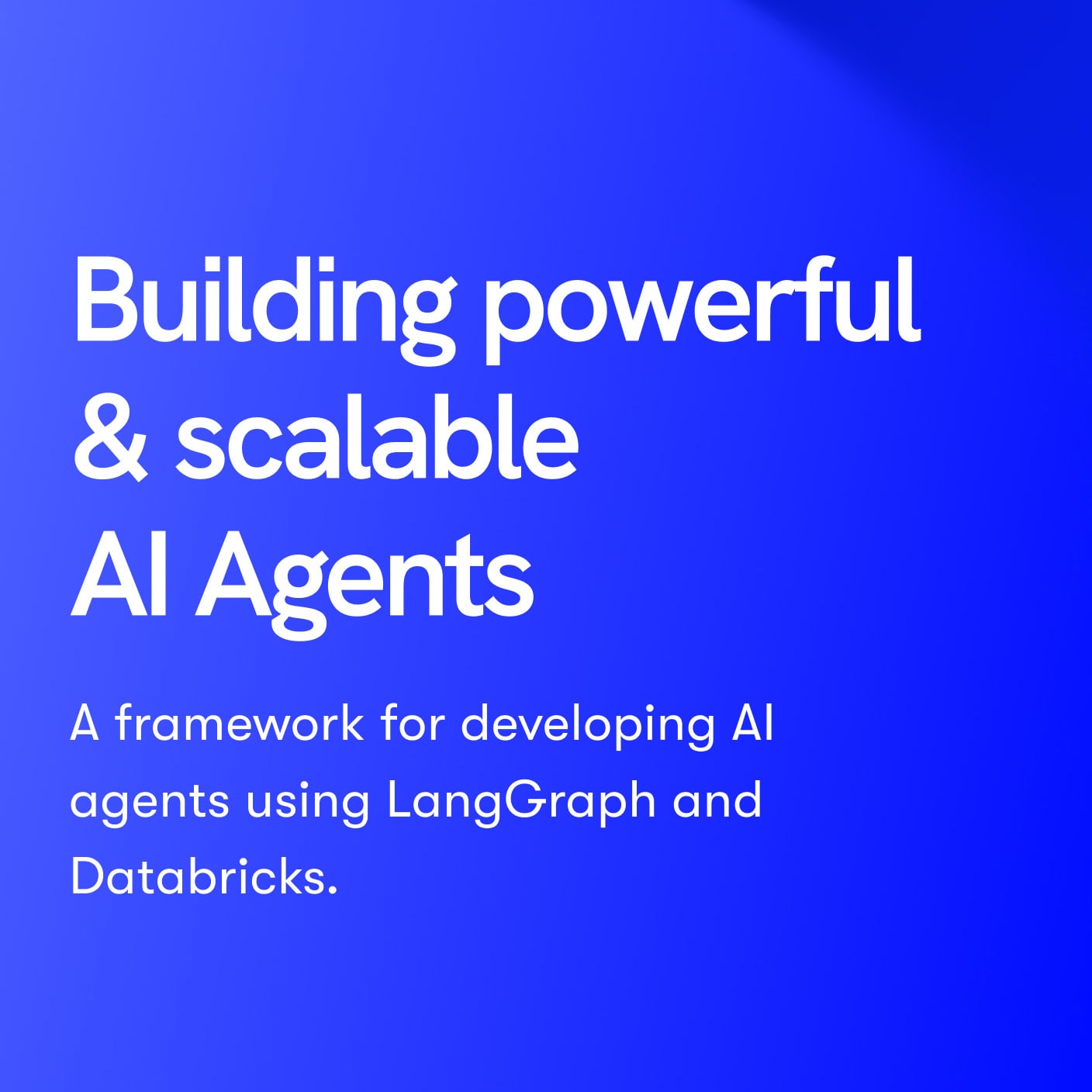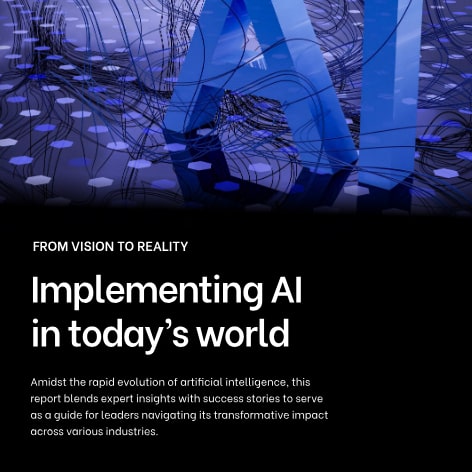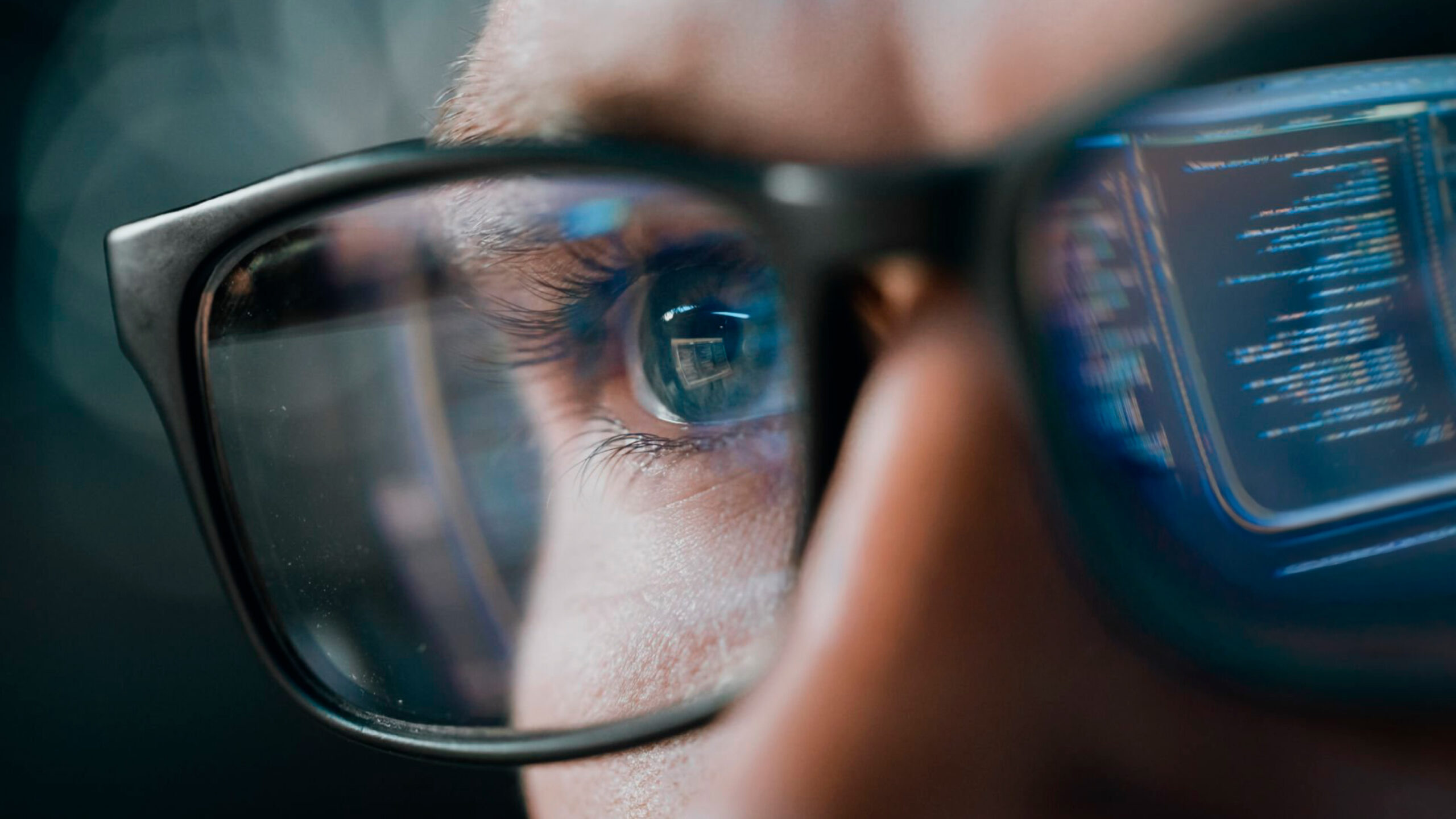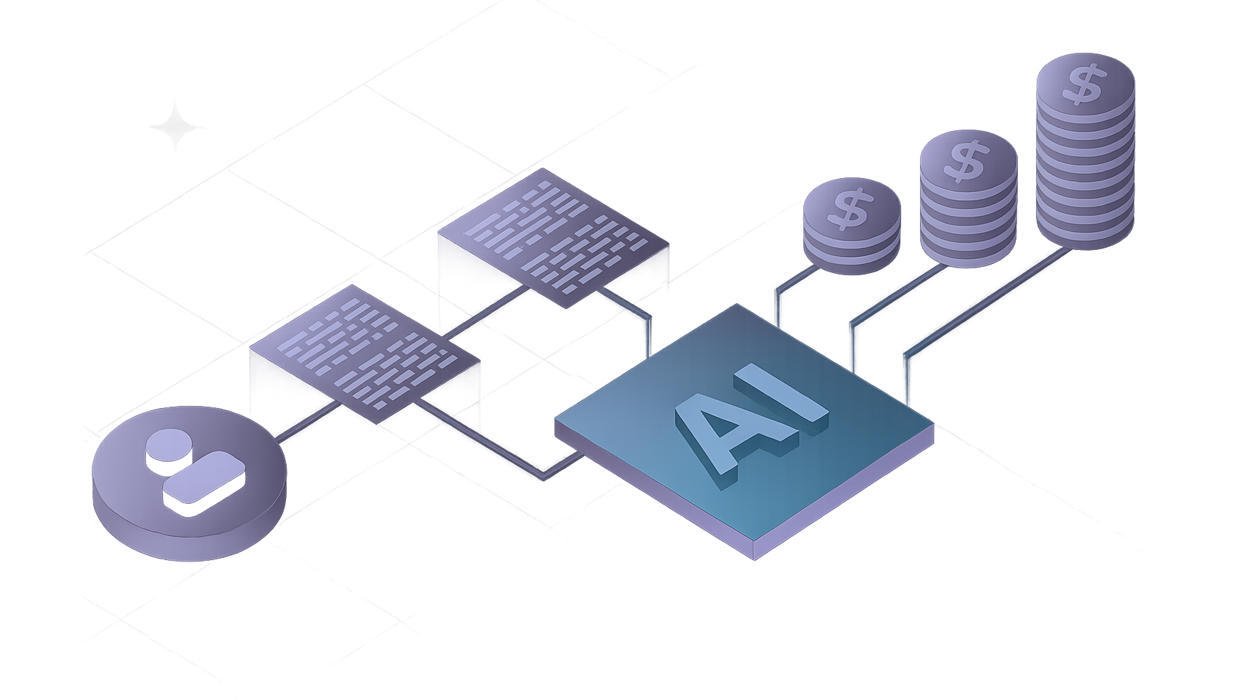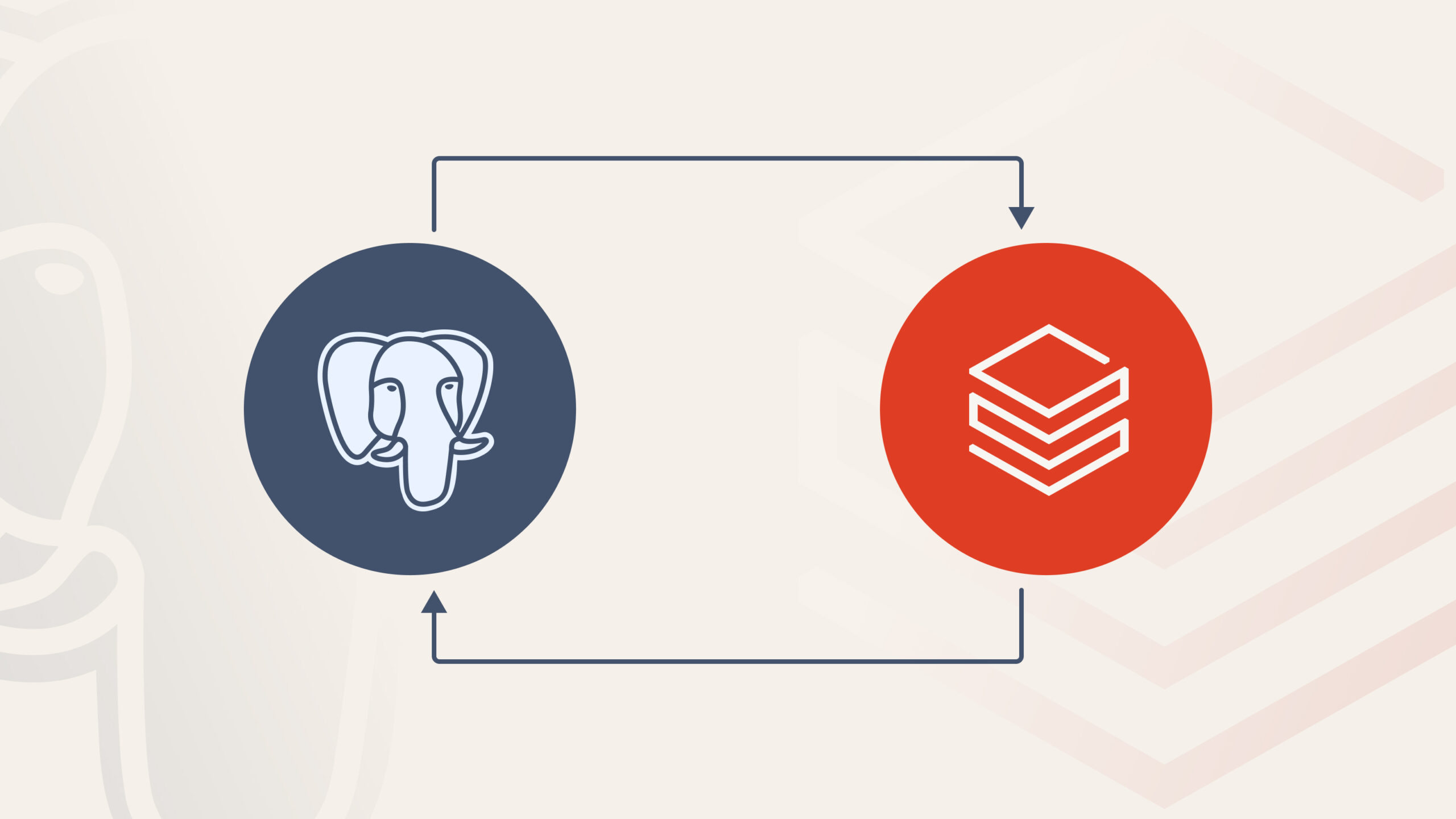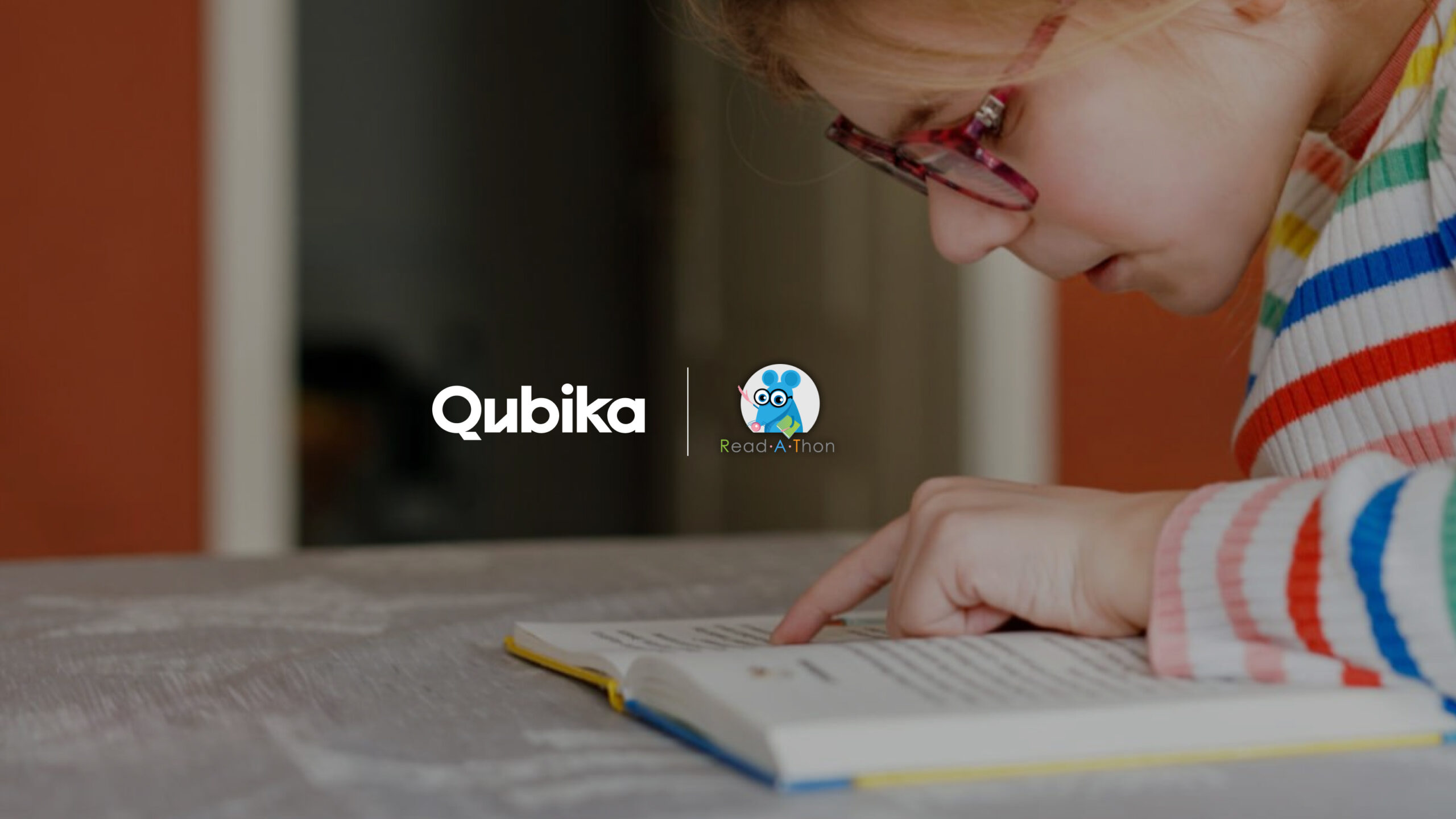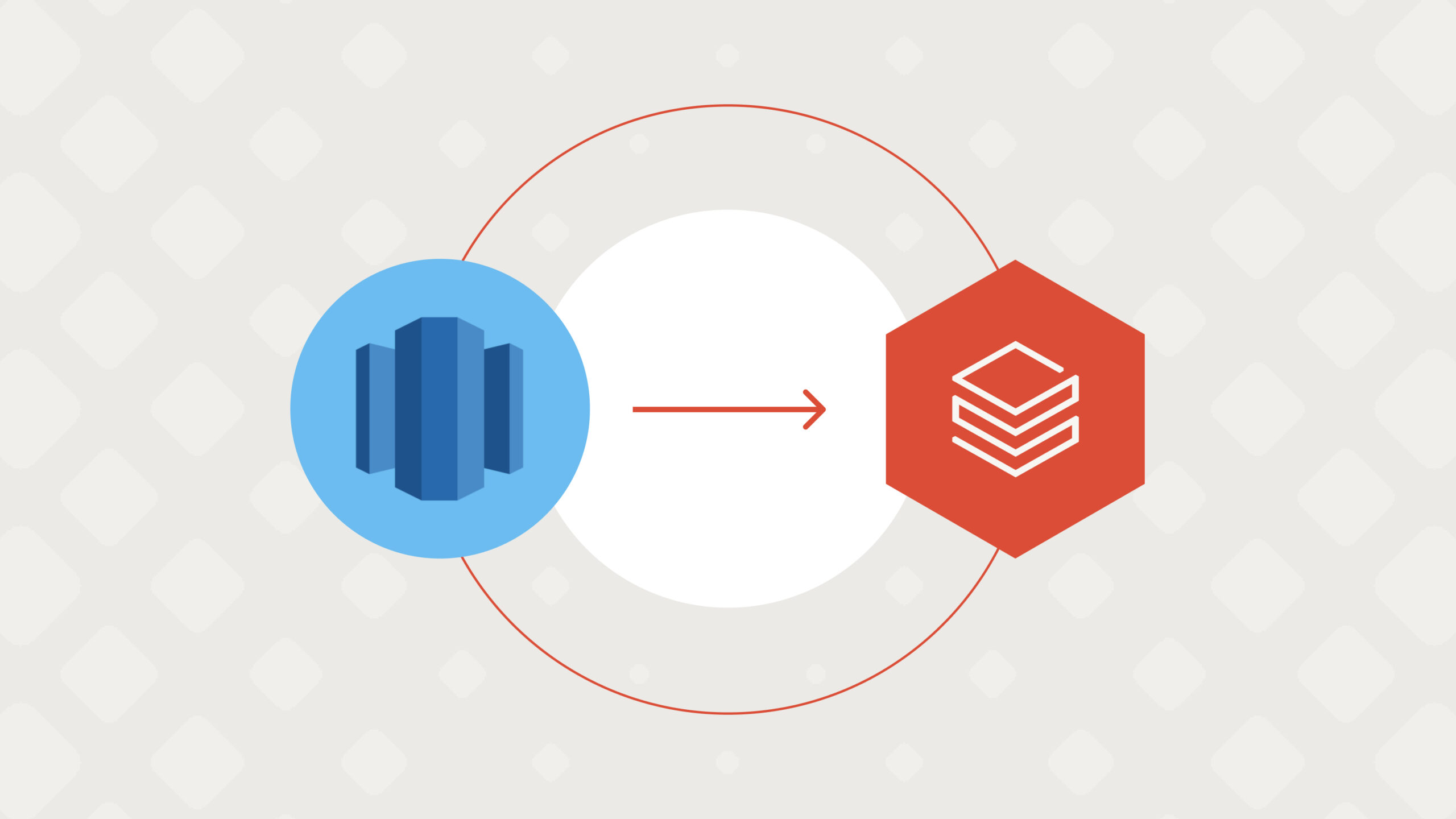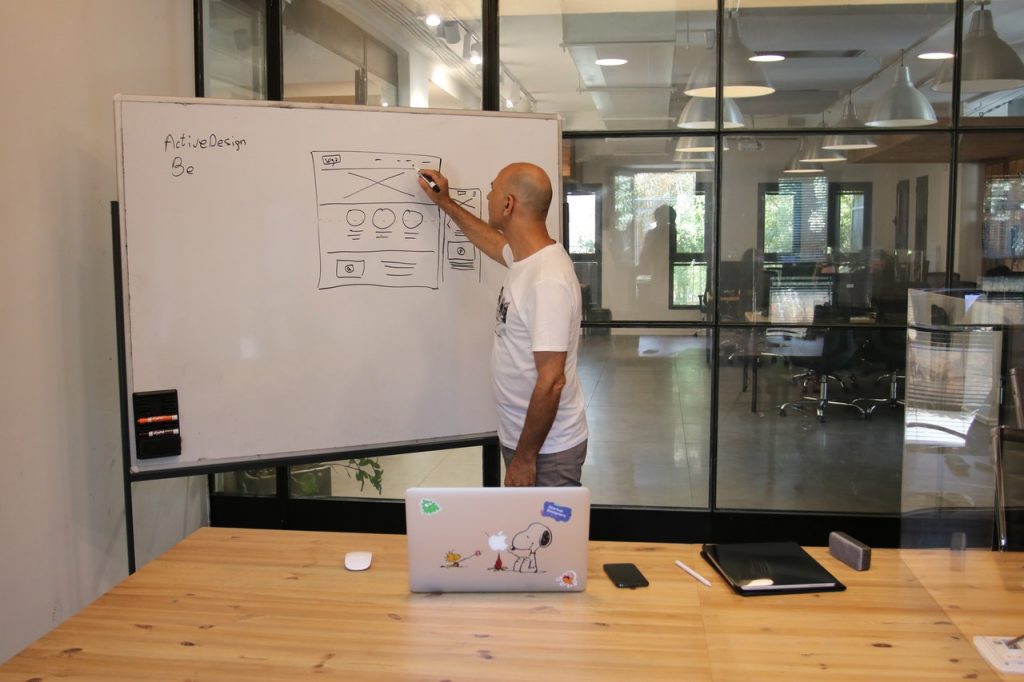The study and practice of user experience continues to grow and adapt as consumer preferences evolve. Through that progression, the concept of experience design has emerged.
User experience brought empathy to the forefront of UX practices. Today, customer-first design principles and product development strategies are not only common but expected. UX teams are usually responsible for bringing their user research discoveries to the visual designers, interaction designers, UX engineers, content writers, and software development teams to create a cohesive, delightful user experience.
Despite having similar names and being two disciplines with several topics in common, Experience Design and User Experience mean different things. In recent years, these specializations have become both confused and conflated, and people oftentimes assume they mean the same thing – sometimes not being able to tell one apart from the other. This distinction between concepts comes with critical differences.
Keep reading to discover exactly what experience design is, how it fits in with the existing UX disciplines, and what it means in practice for UX teams.
Experience design (XD) defined

Creative Web Designer planning application and developing template layout, framework for mobile phone. User experience (UX) concept.
If all the specialized disciplines within UX are the sand, experience design is the bucket. The fuller your bucket of sand, the bigger, better castle you can build. But, what is Experience Design? How exactly does this discipline have to do with the design of experiences? We will now aim to provide you with a brief overview of the most important concepts in this incipient field.
To firstly provide an answer to what is Experience Design, we can define it as a school of thought that leverages multiple user experience disciplines to create a holistic-based UX approach rather than just dealing with the interactive design elements within your product. Experience Designers’ focus lies on creating narratives, rather than implementing mechanics. As an example, we can differentiate between an Experience Designer and UX Designer mainly based on the tools used by these disciplines. A UX Designer uses wireframes to lay concepts in a two-dimensional space, meanwhile, an Experience Designer utilizes a show flow to plot those concepts in time.
Furthermore, UX primarily concentrates on a well-known two-dimensional: screens. On the other hand, Experience Design involves three-dimensional and four-dimensional surfaces, even topological ones in some cases. XD includes surfaces, but it is not limited to them since it could also involve environments, stages, sidewalks, performers, seats, and attendees moving in a real tangible space. Experience Design mainly differs from UX in the sense that it takes all these elements and tries to tell a story with them by creating a narrative.

UX vs. XD
A brief history of XD
Historically speaking, the discipline of Experience Design emerged in the broader field of Design right after society left behind the consumerist culture of the eighties and nineties and turned to caring more about experiences rather than material things. This post-consumerist society shows that nowadays people put more value on experiences rather than just purchasing and accumulating objects. For this reason, people now have an increasing interest in personal improvement and in living experiences that provide them with joyful feelings rather than accumulating material things.
At the same time and as the main consequence of this shift, technology has also been witnessing the switch to more human-driven solutions and innovation overall. By placing experiences on a higher level, global businesses have been profoundly impacted and are now facing the need to rethink successful ways in which to create new opportunities of added value for their customers.
As a response to this new business challenge and the need to find what customers value was when Experience Design was born.
In spite of being a newly found necessity, the intangible nature of experiences still makes it difficult for certain industries to grasp what it fully entails, how it could help their products, and even how to design products or services with a particular experience in mind. Because of the latter, experiences can sometimes only be seen as a piece of the Marketing puzzle, and not as the key ingredient and main reason why the product is sold. As a logical consequence of the disarray of what is an experience, this discipline is sometimes even confused with other related fields of design, such as User Interface Design, Service Design, or even Product Design.
Experience Design draws on UX practices, which includes creating a customized, relevant experience for all who come in contact with your brand and your product. Beyond creating empathetic workflows, experience design considers:
- Location. Does the design speak to your rural user, or does your visual design display images of traffic jams and subways?
- Core values. Are the company’s core values represented in the content and the product, and do they align with your users’ core values?
- Emotions. How do end-users feel when purchasing and interacting with your user interface design?
- Senses. Are you engaging with your customers on multiple dimensions?
- Relationships. Does your content and design reflect the nature of the relationship you hope to have with your users?
- Significance. Does your product make your users feel important, valued, and understood?
To sum it up, experience design is essentially user experience elevated to a higher level. It’s a holistic understanding of your users beyond the screen. It’s your company living up to the beliefs and values important to your customers.
Why is experience design so important?
Finding the best methods and procedures as well as crafting a long-term strategy to gain and maintain customer loyalty can be challenging. Taking into account that market penetration is becoming more complex since markets are saturated with new businesses opening out of the blue every day, companies now more than ever need to go above their means and their competitors to create a solid base of loyal customers. With this in mind, let’s look at how experience design has become an integral part of brands and businesses of all shapes and sizes.

Since companies are on the lookout to find new and better ways to connect with their customers, they are fully dipping their toes into experience design. This discipline is as important as any of the other components of the product development process since it incorporates a vital ingredient to the mix– a human-centered perspective.
By incorporating experience design into your company or product, you will be creating a brand that will understand your target users’ needs, while being relatable and a helpful asset to them. This methodology will improve customer satisfaction, by allowing your customers to feel integrated into your brand’s narrative, rather than making them feel as if they simply are pieces on a chessboard that are used to fulfill corporate needs.
Alongside improving customer satisfaction, experience design helps brands develop a competitive advantage. Together with user experience design and user experience research, the experience design methodology in its entirety can help enterprises establish their brands’ own unique image and market differentiators. In doing so, they can begin to position themselves as leaders in their niche market, industry, or sector, thus making customers prefer their brand over competitors.
As the name of the discipline suggests, experience design offers customers an experience instead of a traditional way of selling products. As we have previously mentioned, experience design puts a strong emphasis on user satisfaction, while implementing certain out-of-the-box techniques (often defined as the Design of Experiences) that allow for an increase in customer return and for the creation of a strong brand and customer relationships.
The last factor that makes experience design an essential part of the product development process has to do with brands evolving in a way that their stories intertwine with customers’ own memories. Since UX Design helps in the creation of memorable experiences, with the passing of time and once customers reappropriate these experiences, they eventually become stories passed onto generations to come. This is the strongest point word of mouth marketing can reach, as your brand becomes part of your customers’ most memorable experiences, stories, and memories.
Experience design and its sister disciplines (UX/UI design and research) make up one of the most important aspects of the product development process. Without these disciplines, it would be impossible to attract and maintain customers, creating a brand, beginning a project, or even revamping existing companies or products.
9 ways to put experience design into practice

Full concentration at work. Group of business people working and communicating at the office desk together
Throughout the design process, customer experience is at the forefront of every research study, usability test, interaction design decision, and feature implementation. Let’s look at nine techniques that evolve your user experience practices into an experience design strategy.
1. Develop deep personas
Gain a deep understanding of your users by building rich personas. Know your persona like you would a friend, and as you work through your product design, speak of your personas by name. After all, your customers aren’t just users — they’re people. Thinking of your users in the familiar terms of a persona keeps them real.
2. Build customer journey maps
From a stranger on the web to a loyal customer, your users travel a specific journey as they interact with your product, and sometimes they take more than one route. Understanding the user path from anonymous to actively engaging with your product is critical. Each step along the way, evaluate how your customer got there, where they are going next, how they feel, and what you can do to make them more at ease.
3. Create an omnichannel strategy
Once you’ve defined your customer journey map(s), think about the user touchpoints along the route: web, app, email, social, print, etc. Presenting a consistent experience and brand identity helps your customers feel confident about who you are and what to expect from your company and your product. While you learn to anticipate your users’ needs, they learn to depend on you for a consistent experience.
4. Keep accessibility in mind

girls having coffee with the tablet
There are two aspects of accessibility– communicating with your customers through the right channel and ensuring your message is received.
Learning your customers’ habits and preferred devices helps you participate in their lives when and where it makes sense. This means you might have to build a mobile app or communicate via specific social media channels. For example, an email sent to request survey feedback might be better received at 3 p.m. rather than at 9 a.m. during their morning rush.
ADA compliance is equally important. According to Pew Research there are 42.5 million Americans with some type of disability – that represents a very significant number of current or potential customers. Ensuring your message is being received through ADA-compliant fonts and colors and is accessible to screen readers and other navigational devices is essential.
5. Always deliver value
Your email inbox gets filled up just like your customers’ inboxes do. In response, some emails you open and scan, some you read from start to finish, while others go straight into the trash. Each of these three choices is a behavioral response to your perception of the value contained in the email. However, experience design goes well beyond email communication.
Consider in-application alerts, renewal notices, social media posts, or contextual help. Are you using those communication devices to toot your own horn or ask something of the user? Or, are you providing real value in the right place at the right time? Every piece of content or imagery your user sees is part of their experience and must be evaluated as part of your overall experience design strategy.
6. Be relevant
Part of delivering value is ensuring communication and product features are relevant. If your digital product has a dashboard, make sure alerts and notifications are timed appropriately. Keep key features a click away while pushing lesser-used functionality a little deeper in the product.
The purest form of experience design provides users with customization options based on their needs and how they use the product. One-size-fits-all is great for a rain poncho, but not so much for digital experiences.
7. Engage your support staff

Happy young customer support operator talking to his satisfied client.
Going beyond external communication and in-product engagement, experience design strategies also include knowledge base content, email, chat, and phone support. Your support staff must be as dedicated to evangelizing your experience design strategy as the product team. Customer support tone, message, attitude, and resolution must meet the expectations set by the strategists.
8. Use multiple UX specialties
Make good use of as many UX design skill sets as you can. Engage in wireframing and prototyping to get the most out of user testing. Use appropriate UX research methodologies to test your information architecture in new products. Engage stakeholders throughout the graphic design and human-computer interaction decision-making process.
Your experience designer should work in an iterative process with your UI designer and UX designer. Design process decisions need to be researched, built, and validated throughout the life cycle of your product.
9. Think holistically
While you may live and breathe your product, your customers most likely do not. Consider what else is going on in their lives in addition to using your product. Use experience design principles to make your product fit in with those other activities.
Consider where your customers are engaging with your product. As you design, ask the following questions:
- Are they at home or in their place of business?
- Are they enjoying leisure activities or conducting business?
- Are they on a plane or in a taxi, in a city or in a rural area?
- What did they stop doing to use your product, and what will they be doing next?
Experience design considers the user from a holistic perspective. You must learn to do this as well.
Creating technology that feels natural
Technology is a part of our everyday lives. Experience design allows you to build your technology to fit seamlessly into your users’ daily routines. Your product needs to feel effortless, like they’re using a toothbrush rather than making a trip to the dentist’s office.
Qubika’s Product Design and Usability Studio is ready to help you bring experience design to your next project. Contact us today, and let’s work together to create an experience that your users will enjoy.

